
In 1914 German stunt pilot Gustav Tweer, tired of merely flying upside-down, decided to land that way as well. Public Domain
In 1945, the National Advisory Committee for Aeronautics, precursor of NASA and source of much of our knowledge about practical aerodynamics, published a hefty compendium of airfoil data, NACA Technical Report 824, which later appeared in book form under the title Theory of Wing Sections. The names of the authors, Abbott and von Doenhoff, have become household words wherever airfoils are regularly discussed at the dinner table.
TR 824 presented, in the form of graphs, the characteristics of a great many airfoils as measured in wind-tunnel tests. Airplane designers and would-be designers would pore over these graphs, alert to subtle differences that might make one airfoil more suitable for a particular design than another. To these aficionados of things round in front and pointed in back, airfoils had distinct personalities: svelte and seductive 64-210; matronly 4418; dutiful and workmanlike 23012; exotic and mysterious 747A315.
But if one could free oneself from infatuation with one profile or family of profiles and look with a cold eye on all these characters as a group, what was striking was that, as with people, their similarities were greater than their differences. If you superimposed all the graphs of lift coefficient against angle of attack upon one another, shifting them right and left as necessary to cancel the effects of camber, you found that they all formed a single slanting line that fanned out at each end into a spray resembling a spent firework. Remarkably, the line was straight; an airfoil gained the same amount of lift when its angle of attack increased from 5 to 6 degrees as it did when it increased from 1 to 2.
The fraying at the ends represented different kinds of stalling behavior. Some airfoils achieved greater maximum lift than others. Some, on stalling, lost lift suddenly and drastically: The line peaked and then plummeted.
Others hung on stubbornly as angle of attack increased, flattening out, then giving up only a little lift; these were the ones you wanted for STOL airplanes. But if you looked only at the range of angles of attack actually used between climb and top speed — say, from 8 degrees down to minus 1 — the lifting properties of all airfoils were practically the same.
Stranger still, you could flip the lines upside down and they still looked the same. In other words, they behaved the same way upside down as they did right side up.
How could that be, if the whole magic of airfoils depended, as so many books and articles said, on their special shape, and, in particular, on the upper surface having more of a hump than the lower? The simple answer is that it doesn’t. We all know that wings without airfoils — the wings of simple balsa gliders, for example, or folded-up sheets of paper — fly fine.
So, what is a wing, anyway?
Basically, it’s a flat plate in a cute outfit. The rounded leading edge delays flow separation and stalling at large angles of attack. Camber, which gives many airfoils their humped look, is another way of helping air stick to the surface without separation. Camber also gives an airfoil a top and a bottom: It will stall sooner inverted than right side up.
For example, the NACA 65-415 laminar-flow airfoil of the Piper Cherokee series stalls right side up at an angle of attack of 16 degrees and a lift coefficient of 1.35. Upside down, the numbers are 13 degrees and 1.05. Roughly the same is true of the 23000-series profiles used on a great many Cessna and Beech airplanes.
It follows that, camber notwithstanding, it is not a problem for any wing to fly upside down. Stalling behavior and drag might change a bit, and so airplanes designed for aerobatics use symmetrical airfoils to eliminate any preference.
When I first flew upside down for any length of time it was in a Pitts Special. Much is made of the fact that turning controls are reversed in inverted flight, but what mainly surprised me, apart from the feeling that no matter how tightly I cinched my seat belt I still felt that I was falling out of my seat, was the amount of forward stick needed to hold the nose up and maintain level flight. To be sure, the airplane was, at least initially, trimmed for upright flight; but that ought to affect only the stick force needed to fly inverted, not the stick position.
Reflecting later on the strange sensation of holding the stick far out in front of me, I concluded that the airplane must have had some built-in nose-up trim, in the form of a slightly negative incidence of the stabilizer relative to the wing. In upright flight, negative stabilizer incidence lifts the nose; in inverted flight, it makes the airplane want to dive, and has to be counteracted by extra “up” — that is, stick forward — elevator.
It was not long after people started flying at all that they found they could fly upside down.
The principal activity of pilots before World War I was making spectacles of themselves, and despite the rickety appearance of early airplanes, pilots performed many daring stunts in them. The first pilot to invert an airplane was Alphonse Pégoud, who did the trick in 1913 in a Blériot monoplane. This was the same type of airplane Blériot himself had used for his 1909 crossing of the English Channel — which made him famous — but it was singularly ill-suited for inverted flight, having far more wing camber than necessary even for upright flight.
Blériot’s wing was so severely cambered that I’m sure it was incapable of sustained inverted flight; but it could do rolls and “loop the loops,” because in those maneuvers lift was always in a positive direction relative to the airframe.
Real, sustained inverted flight wasn’t far behind, and it reached its reductio ad absurdum just a year later when a German daredevil named Gustav Tweer, whose specialty was diving straight at the ground and pulling out at the last possible moment, modified a Grade (pronounced GRAH-deh) monoplane with a mirror image of its own landing gear and amused crowds by not only flying, but also landing, upside down.
Hans Grade was Germany’s Blériot, and it is apparent from pictures of his airplanes that he realized that a wing did not need all the camber Blériot gave his; the wing of Tweer’s invertible Grade appears to have been symmetrical.
The problem of inverted flight is really not an aerodynamic one at all. Airplanes — all airplanes — are capable of flying upside down. It’s engines that are the problem. To keep them running, they need invertible fuel and lubrication systems, usually involving a weighted hose that drops to whatever happens to be the bottom of the fuel or oil tank at the time.
It is, come to think of it, one of the hitherto under-appreciated virtues of electric aircraft that they might be flown upside down at will — provided that they do not store their energy in lead-acid batteries.

Sign-up for newsletters & special offers!
Get the latest FLYING stories & special offers delivered directly to your inbox

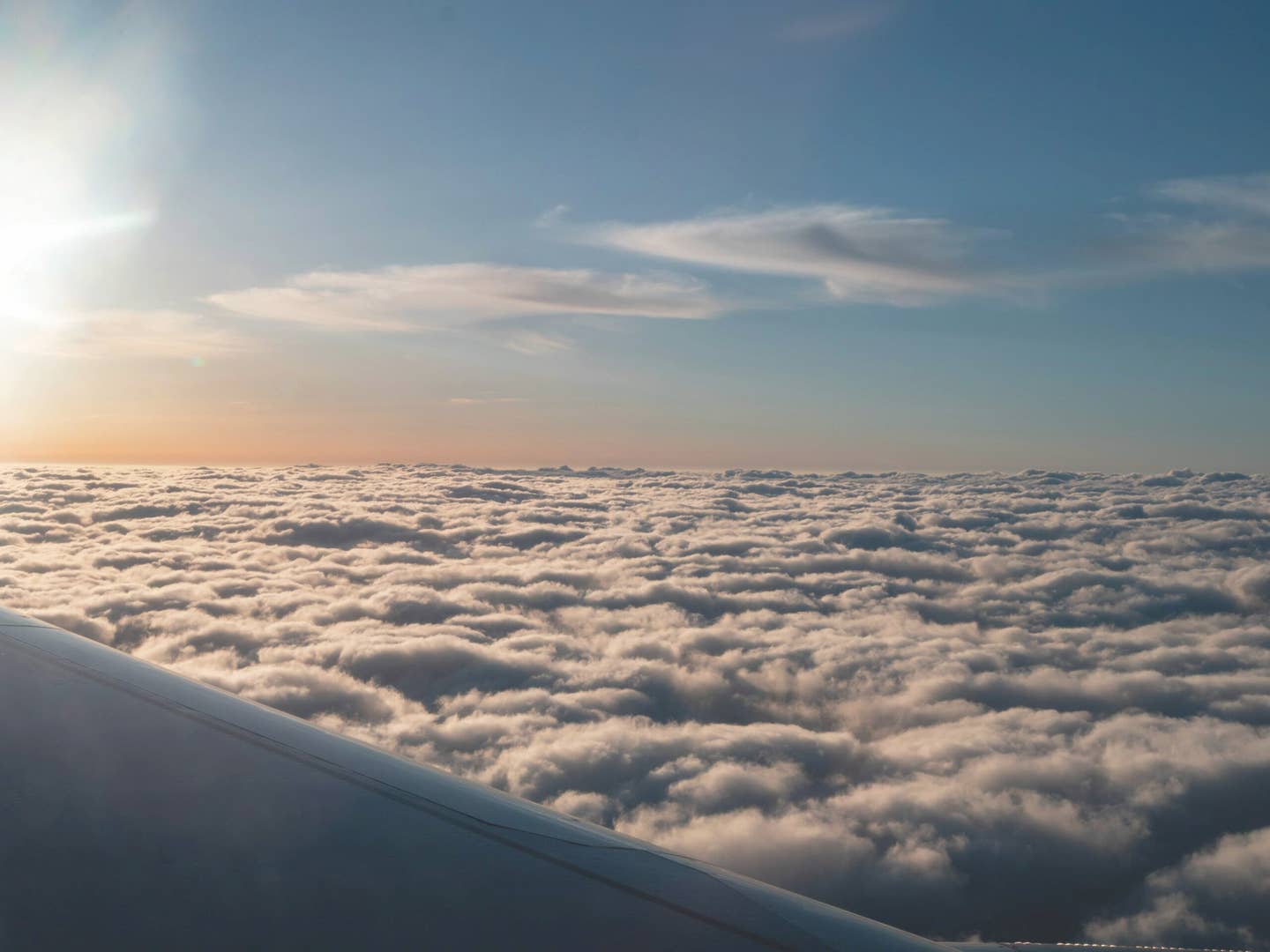
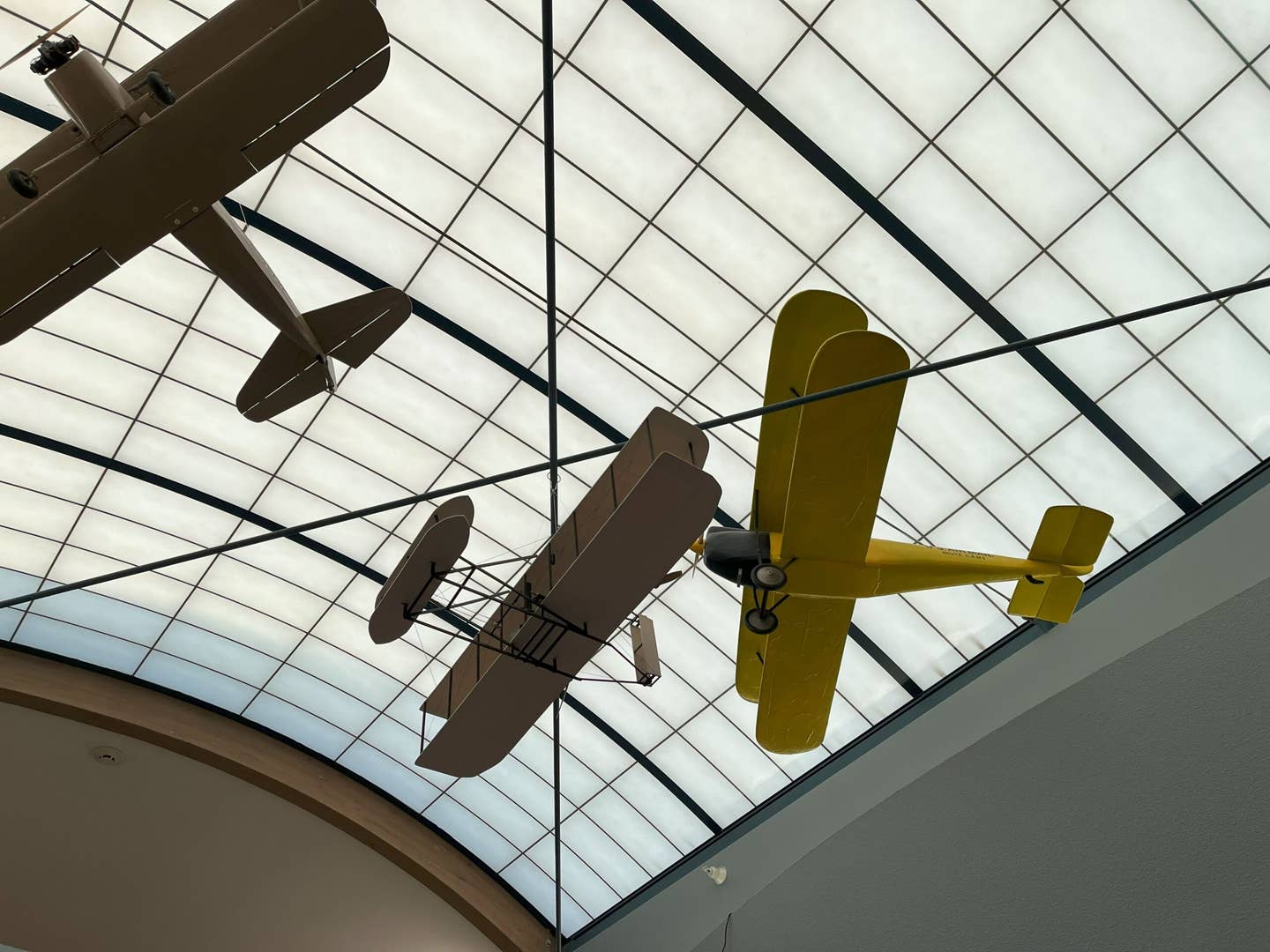
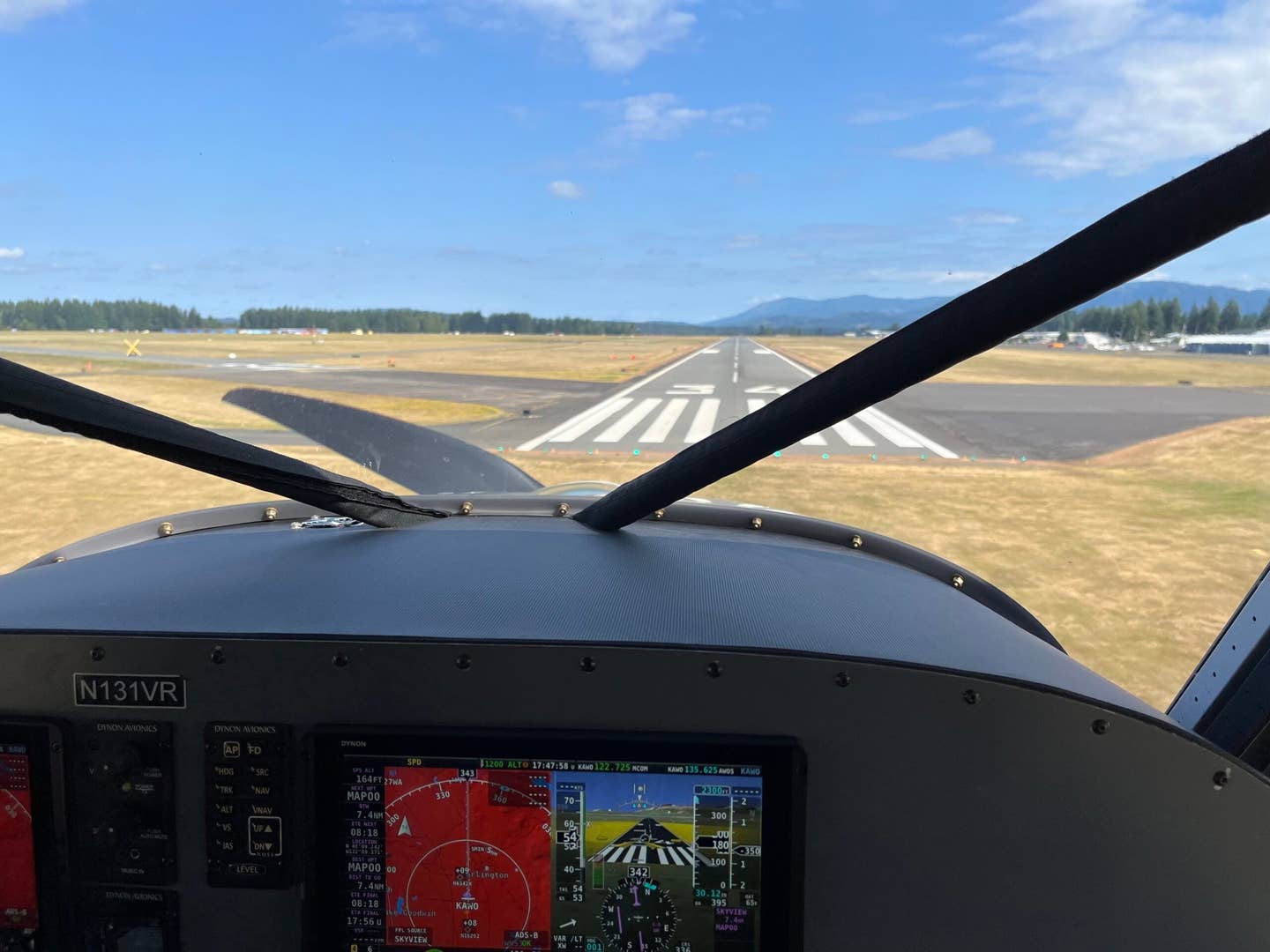
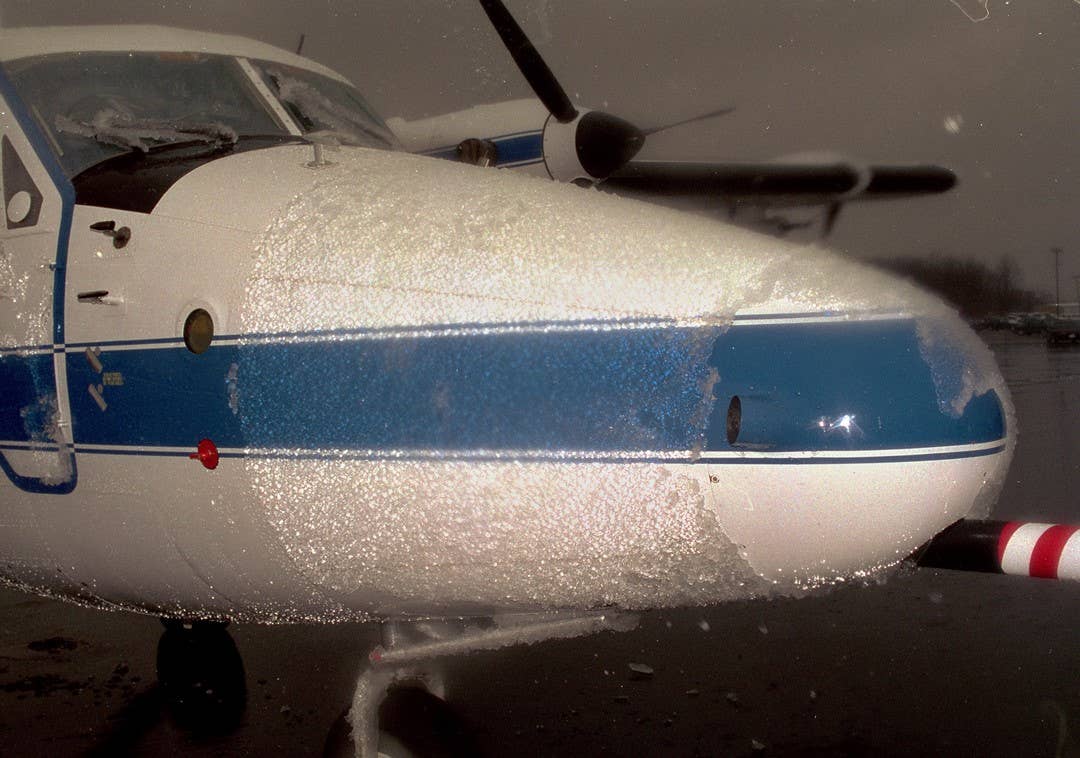
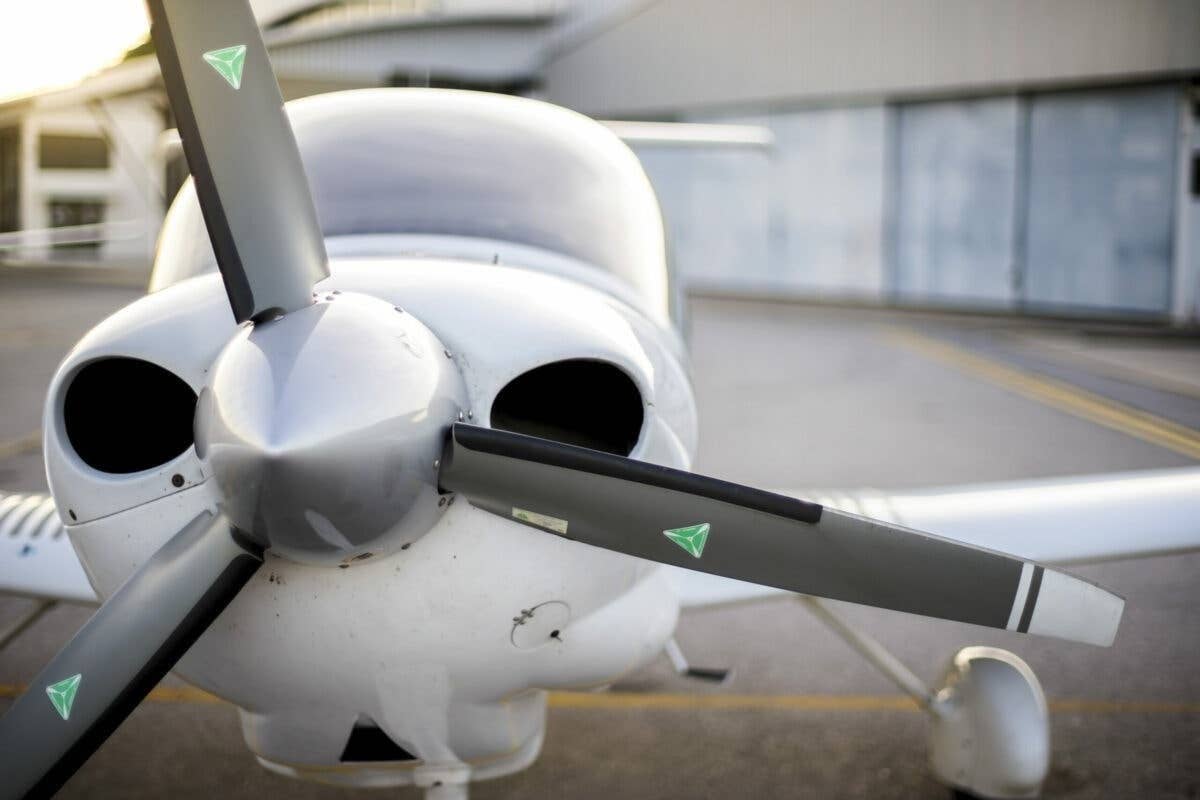
![[PILOT AND SNELLEN CHART PIC]](https://www.flyingmag.com/uploads/2022/11/2022-FlyingMag.com-Native-Advertising-Main-Image--scaled.jpeg?auto=webp&auto=webp&optimize=high&quality=70&width=1440)